Tenok – DIY vacuum cleaner made from trash
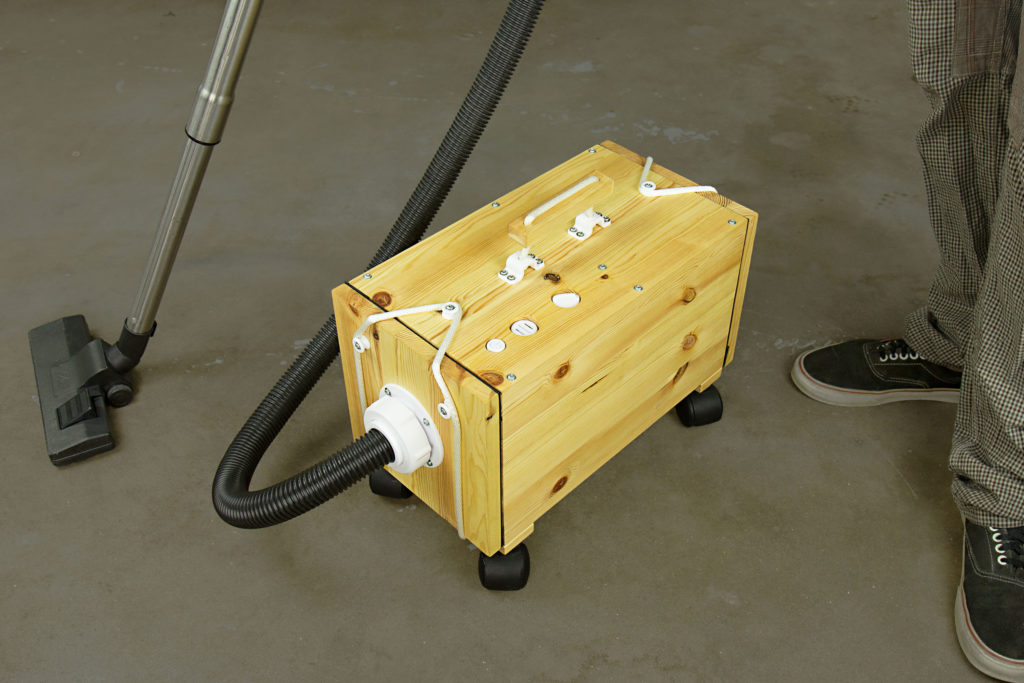
This is the outcome of a project with the aim to reduce resource waste. I documented the whole design process from research and ideation to the final prototype in a dedicated blog that is linked here.
A Nottingham Trent University study revealed that more than half of all vacuum cleaners are trashed while they still work. The problem is that the manufacture of vacuum cleaners accounts for the second largest production of greenhouse gases among electrical appliances.
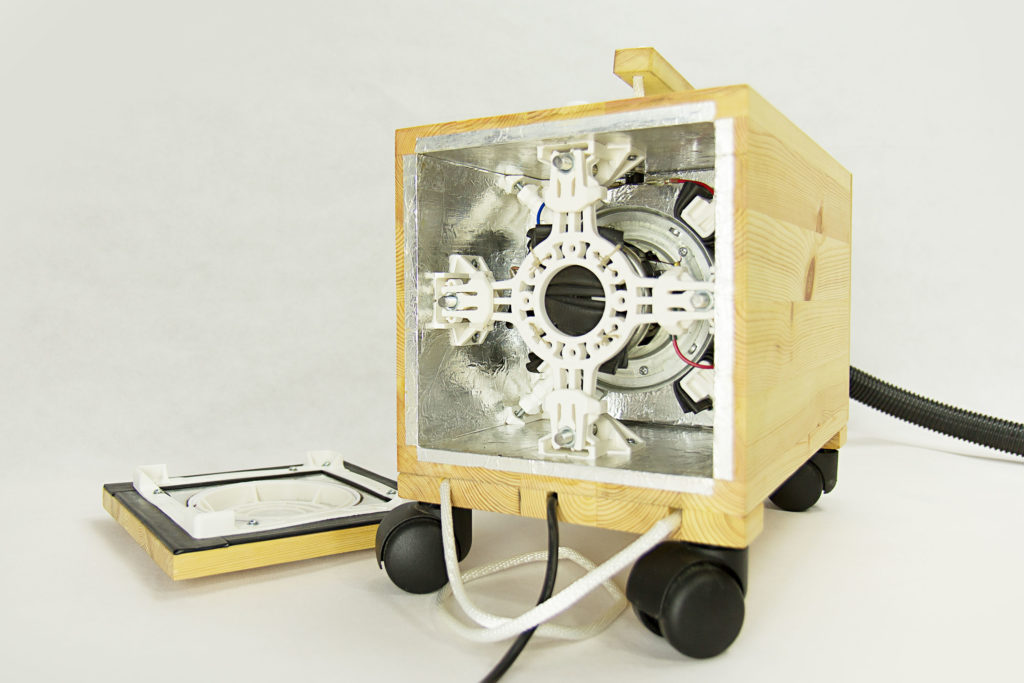
Tenok can be equipped with different motors and hoses because both the 3D-printed hose-mount and motor-holder are adaptive. The latter consists of several interlocking parts that can be adjusted with screws to fit various motor-geometries. The hose-mount has an outer casing that can fit hose-adaptors of different sizes. The builder just has to print the adaptor that fits his/her scavenged hose.
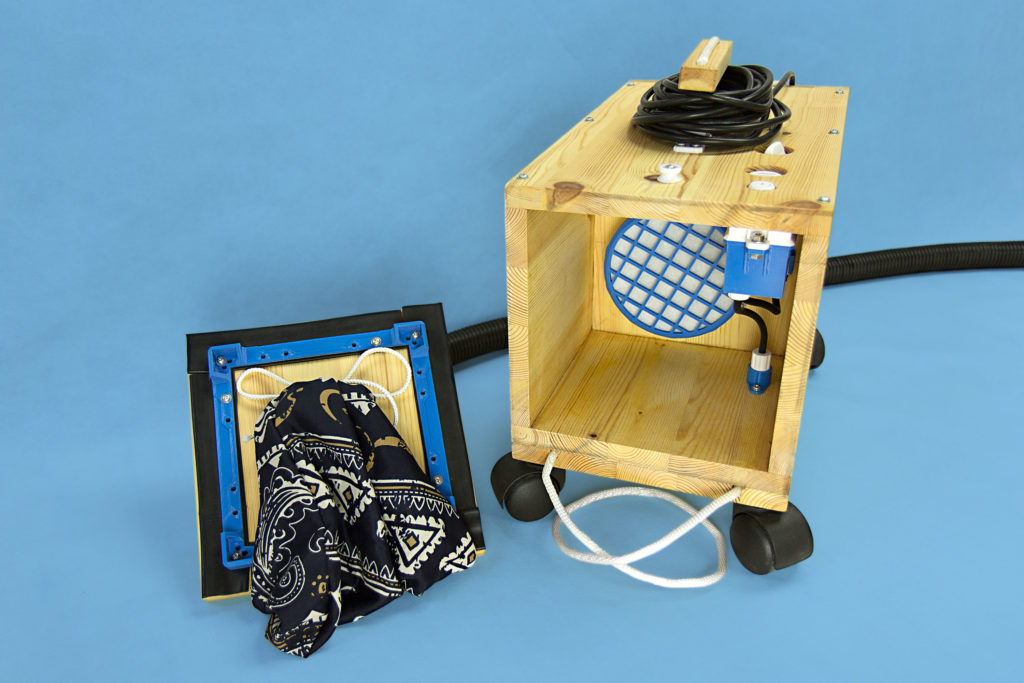
Making a tenok means reusing vacuum cleaner components like motor, hose, pipe, nozzle, cable and power-switch
But it saves even more material from the junkyard: The washable dustbag is tailored from an obsolete synthetic scarf, the wheels are castors from a trashed office chair and all air-gaskets and shock absorbers are made from old bicycle tubes
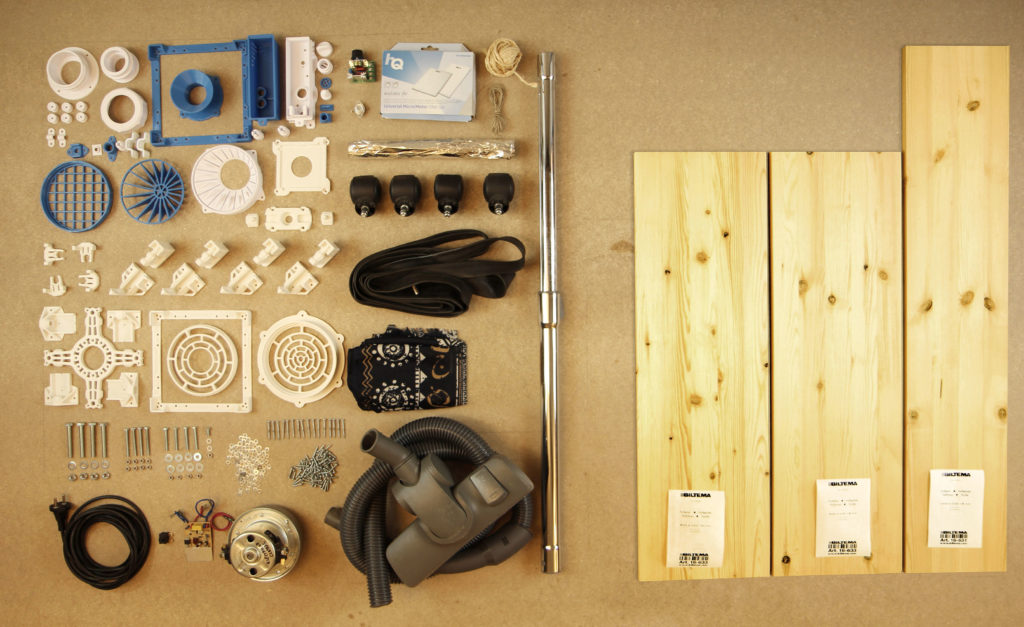
If you would like to make your own tenok you can follow this link for instructions how to build it including all necessary files for 3D-printing, etc.
Though the instructions might look a bit intimidating because there are so many steps, give it a second glance: Yes it is long, but that is because there are no skipped steps and every task is explained in detail. There is nothing worse than starting to build something, just to realize that the instructions are insufficient – that doesn’t happen here
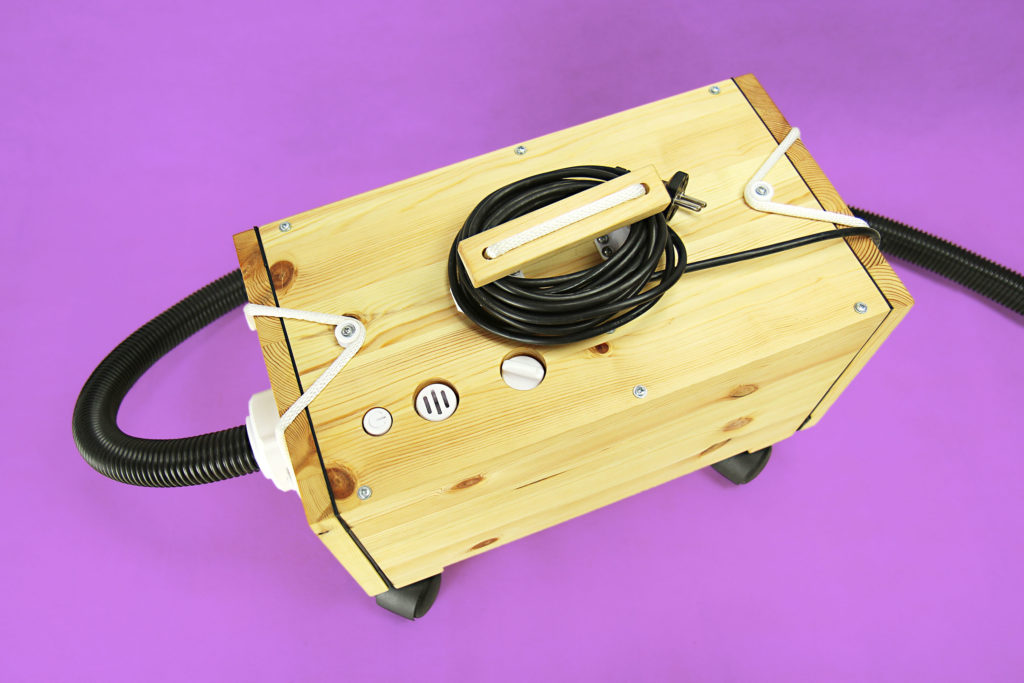
Building a Tenok does not require previous know-
ledge in woodworking, electronics, 3D-printing, etc., but it is a great way to get acquainted with those basic traditional and digital crafts.
Spreading knowledge about how things are made is the key to a more resourceful societyOnly if we learn to understand our physical environment again, we can see its potential and maintain it
